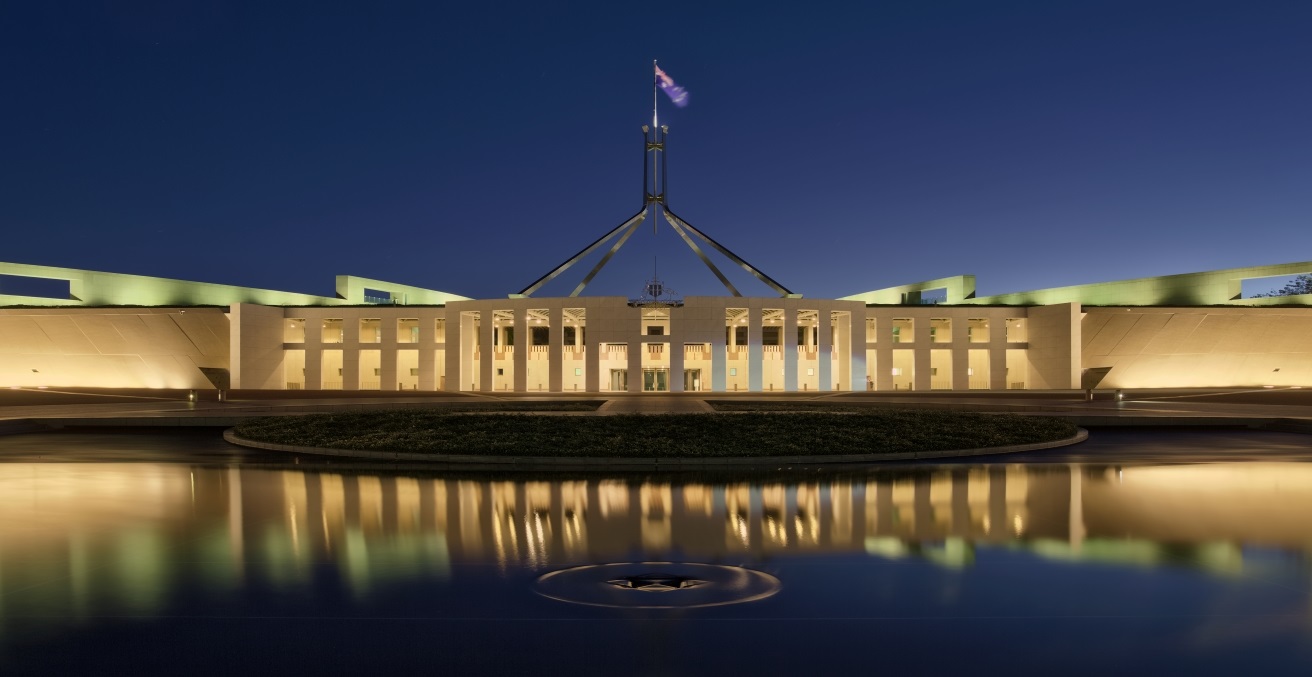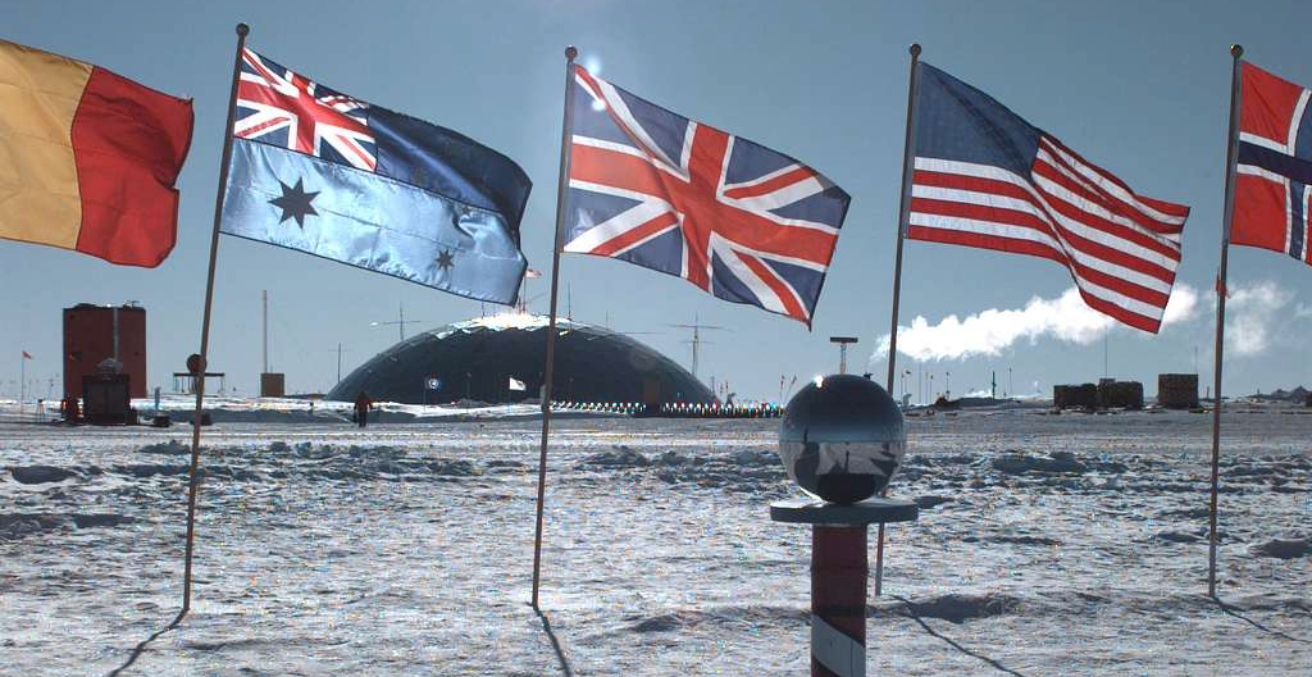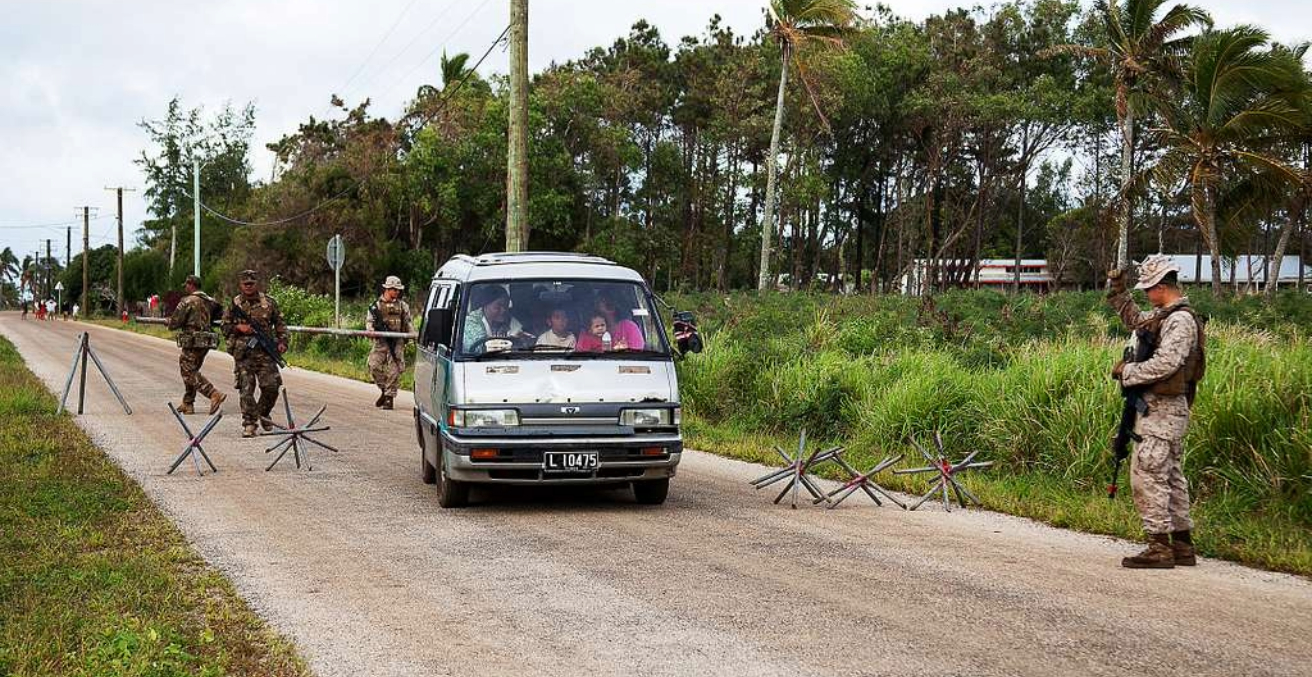In the beginning, there was the state—conceived in masculine metaphor. The nation as father, as protector, as sovereign force. This gendering of political power was no accident but deliberate architecture, adding into the collective consciousness the notion that governance belongs naturally to the man, and that diplomacy speaks in a masculine voice. Five centuries ago, Machiavelli sketched political power in The Prince, imagining the state as a body requiring a centralised force, but also suggested that we practice politics every day. Marching into Women’s Month, we are faced with a chance to celebrate and hone The Woman.
On January 23rd 2025, The Economist published “Why nations that fail women, fail” further documenting the implications of excluding women in the room where it happens. Consider the language around power: “brotherhood of nations”, “founding fathers”, “diplomat’s wife.” The lexicon of international relations has long rendered the feminine invisible, not through active exclusion but through the more insidious mechanism of assumed absence. Yet, the woman has never been foreign to the crafting of peace nor the sustaining of communities. She has always been present, though seldom in the official record. The erasure of her presence is normalised—a silence so complete we ceased to notice its absence.
Sweden’s feminist foreign policy, pioneered in 2014, attempted to map this absence, to name what had gone unnamed. For eight years, Sweden insisted on asking three essential questions of every diplomatic engagement: Do women have the same rights as men? Are women represented in decision-making? Are resources allocated to ensure women’s equality?
The Swedish government’s retraction of their feminist foreign saw how readily the woman becomes foreign again when traditional security concerns ascend. What would it mean to truly see the woman not as foreign to international relations but as fundamental to its proper conception? As Shenila Khoja-Moolji observes, international development campaigns focused on girls in the Global South frequently position them simultaneously as victims requiring rescue and as responsible for solving intractable problems. This framing transforms young women into “human capital” for neoliberal economies rather than agents of their own liberation. The woman here became valuable insofar as she serves existing power structures. Her body becomes the terrain upon which nations project their conflicts. In war zones, her violation becomes symbolic of national humiliation; in development discourse, her empowerment becomes shorthand for progress. Yet in neither case is she permitted to define the terms of her own existence.
The exclusion of women from decision-making represents a pragmatic rejection of perspectives that would strengthen collective outcomes. Organisations with substantial female executive representation achieve a 47 percent higher rate of return on equity than those without female executives. The marginalisation of women in global governance similarly impoverishes our capacity to address shared challenges. These questions are central to reimagining global power. In the 19th century, women were prohibited to work as diplomats as soon as they married. Wallenberg Academy Fellow Ann Towns investigates more into this unconscious or rather voluntary exclusion of women in having state power and sees a lack of research in the topic. Beyond the formal prohibitions against women in diplomacy, institutional discouragement operated as a more subtle form of exclusion. Foreign Service officials cultivated a narrative of inevitable female failure that functioned as powerful deterrence. Women were told they would face “hopeless handicaps” regardless of their qualifications—a form of institutional prophecy designed to be self-fulfilling. This discursive strategy positioned women’s bodies as fundamentally incompatible with diplomatic spaces. It placed the female diplomat in a double bind: she was simultaneously too delicate for the hardships of diplomatic life yet too disruptive to the established masculine order. The emphasis on “peculiar” conditions abroad functioned as a coded warning about women’s presumed inability to navigate unfamiliar cultural terrains where gender roles might differ from Western norms. The woman is not foreign to diplomacy, but its forgotten origin. Before there were nation-states, there were communities sustained through networks of care, through economies of reciprocity, through governance rooted in relationship rather than domination.
What might be possible if we conceived the woman not as foreign to power but as its rightful co-creator? This question invites us to consider what security might mean if defined not by capacity for violence but by conditions for flourishing.
The most ambitious visions of feminist foreign policy move beyond adding women to existing structures and toward transforming those structures fundamentally. They question the militarism-trade nexus, interrogate harmful economic policies, examine migration and asylum practices. They ask difficult questions that remain largely unresolved: Can military spending be justified under feminist principles? These policies shall consider the intersection of human beings and what is being done to their lives in the hands of policy application. Should arms exports to countries with poor records on bodily rights, especially to women, be permitted? How should feminist foreign policy engage with authoritarian regimes that systematically oppress women?
Simply asking more questions suggests a foreign policy concerned not merely with managing crises but with creating conditions where crises become less likely—where human security is understood as inseparable from gender justice, from ecological wisdom, from economic equity. Feminist foreign policy, in essence, is intersectional and devotes attention to the overlooked qualities of life through what can be done now.
Feminist foreign policy, at its most revolutionary, recognises that the challenges of our time—climate catastrophe, pandemic, technological disruption, mass displacement—cannot be adequately addressed through frameworks built on domination and extraction. The woman, then, is not foreign but horizontal and she is standing at the edge of what has been, facing what might yet be. She imagines forms of power that serve life rather than death. As we honour Women’s Month, we see a world where the woman is no longer foreign to power because power itself has been reconceived and only then can we look each other in the eye and feel a sense of “I know you.”
Nyx Joy is currently pursuing International Relations in Tokyo, she is also the Podcast officer and host for ASEAN-Australia Strategic Youth Partnership and a chosen participant of the Women in Strategic Policy program by Girls Run the World and the Coral Bell Institute.
This article is published under a Creative Commons License and may be republished with attribution.




